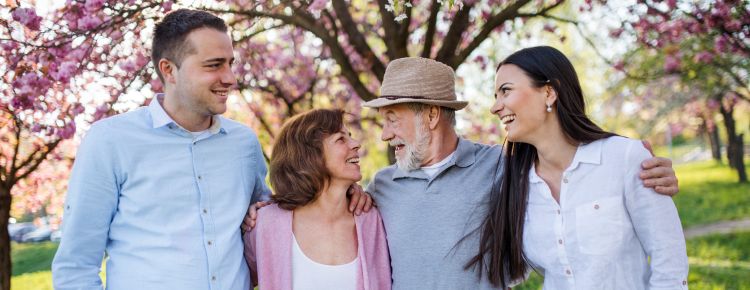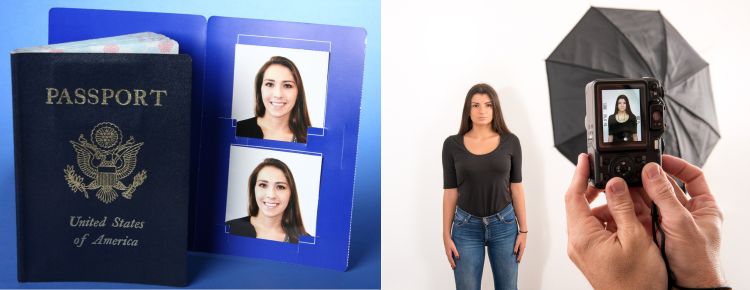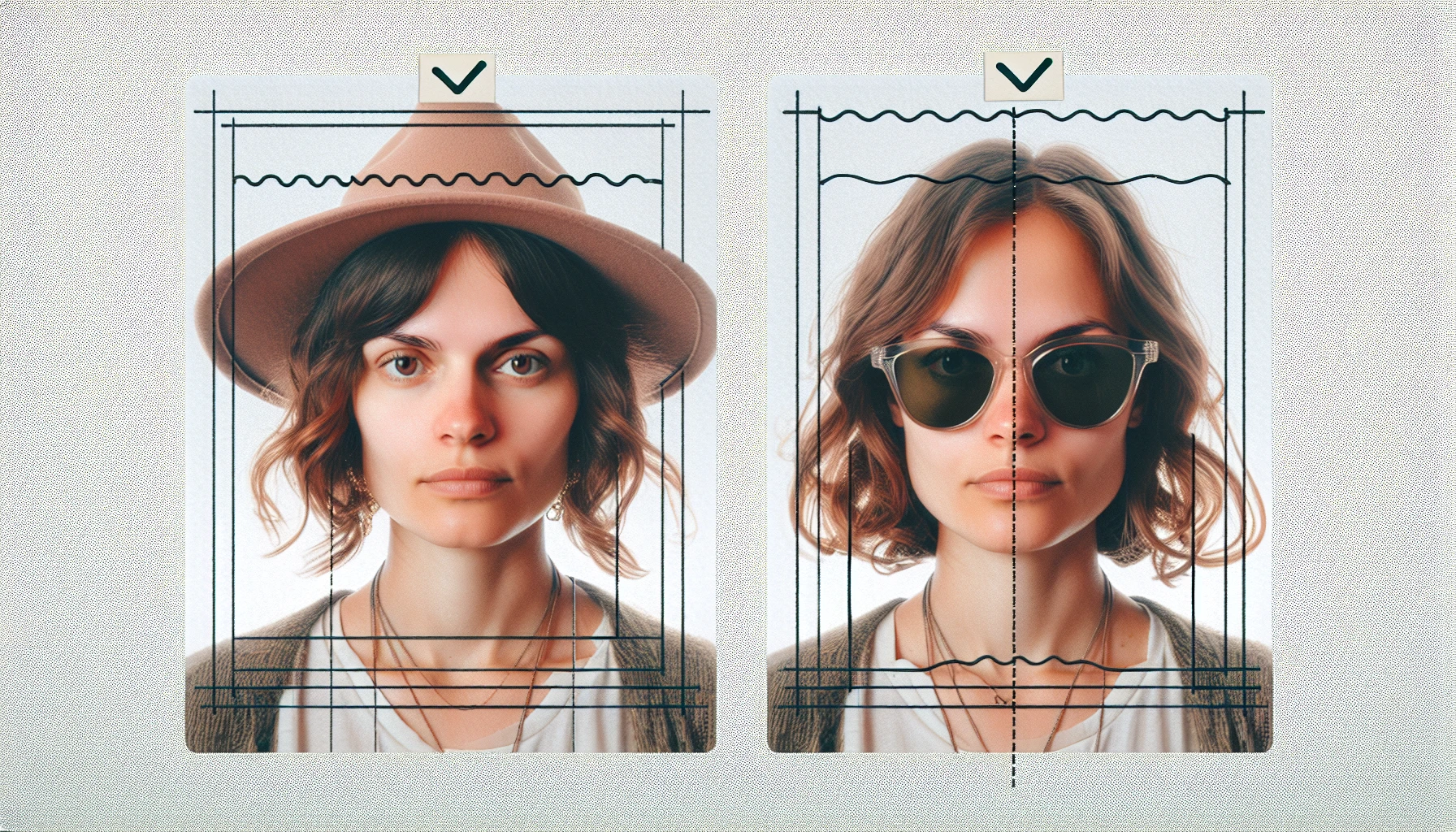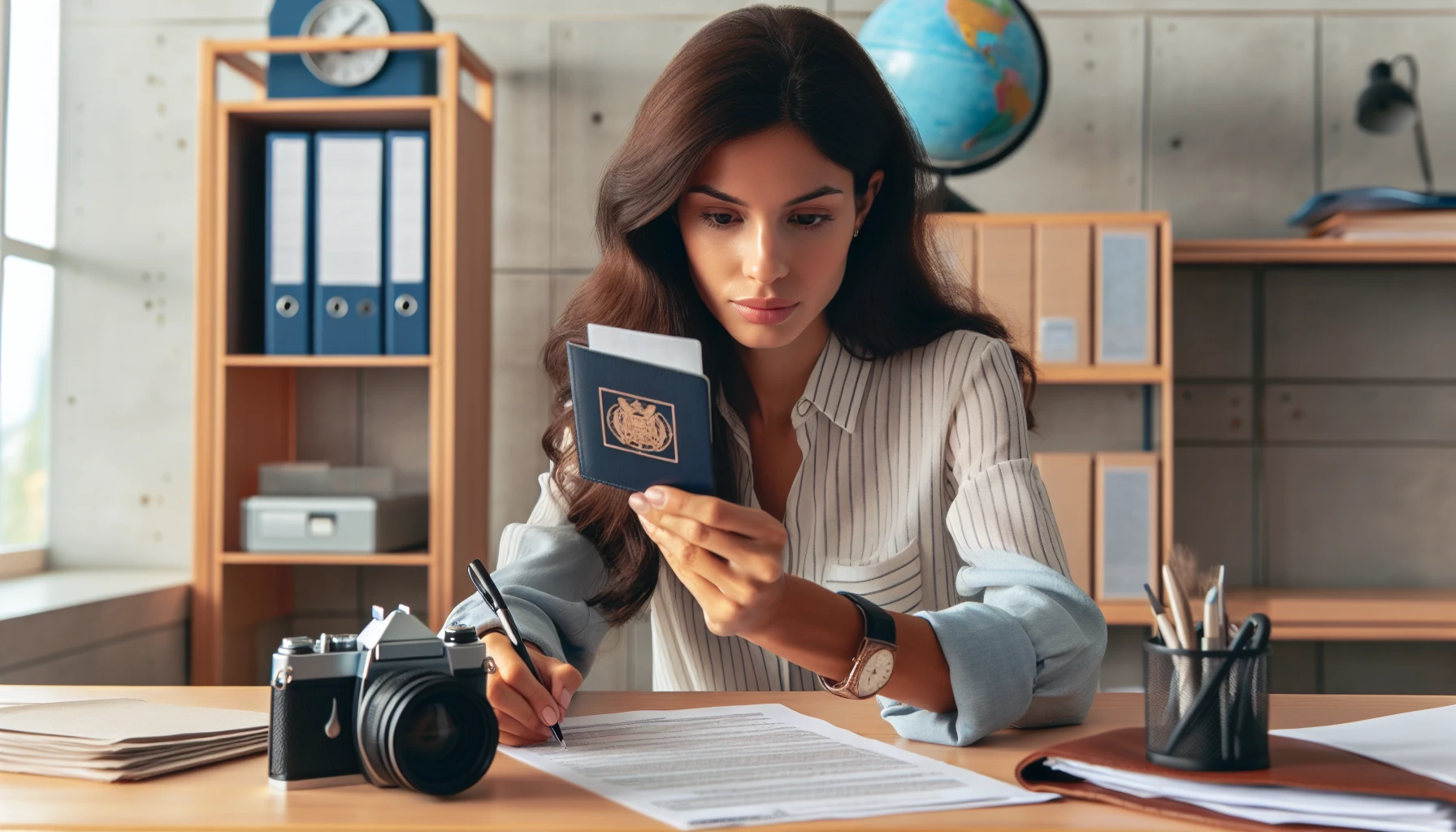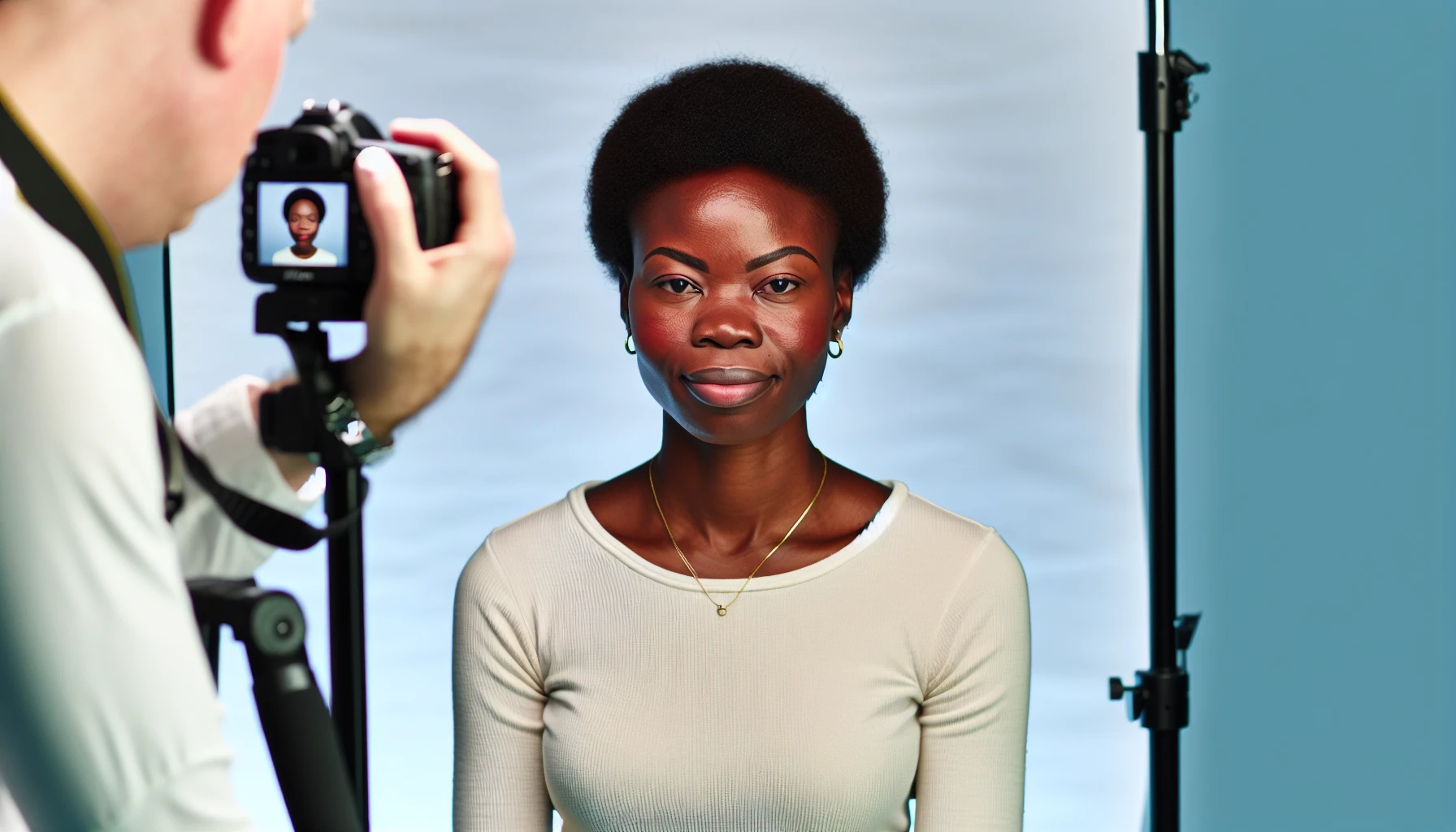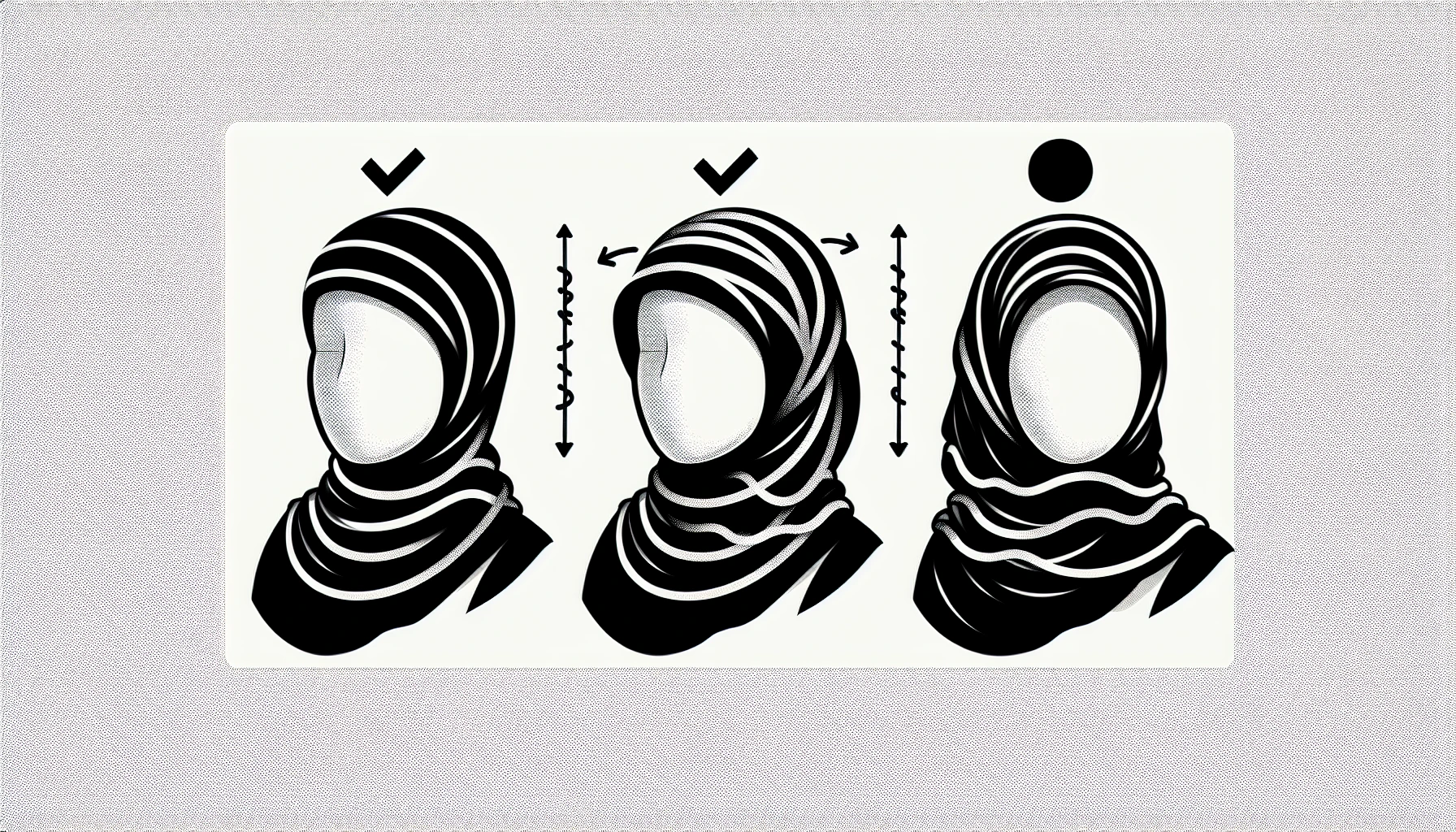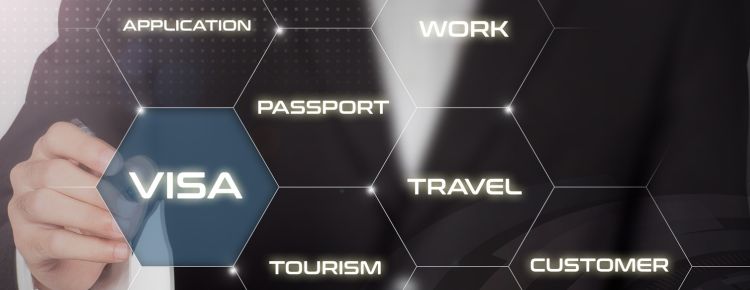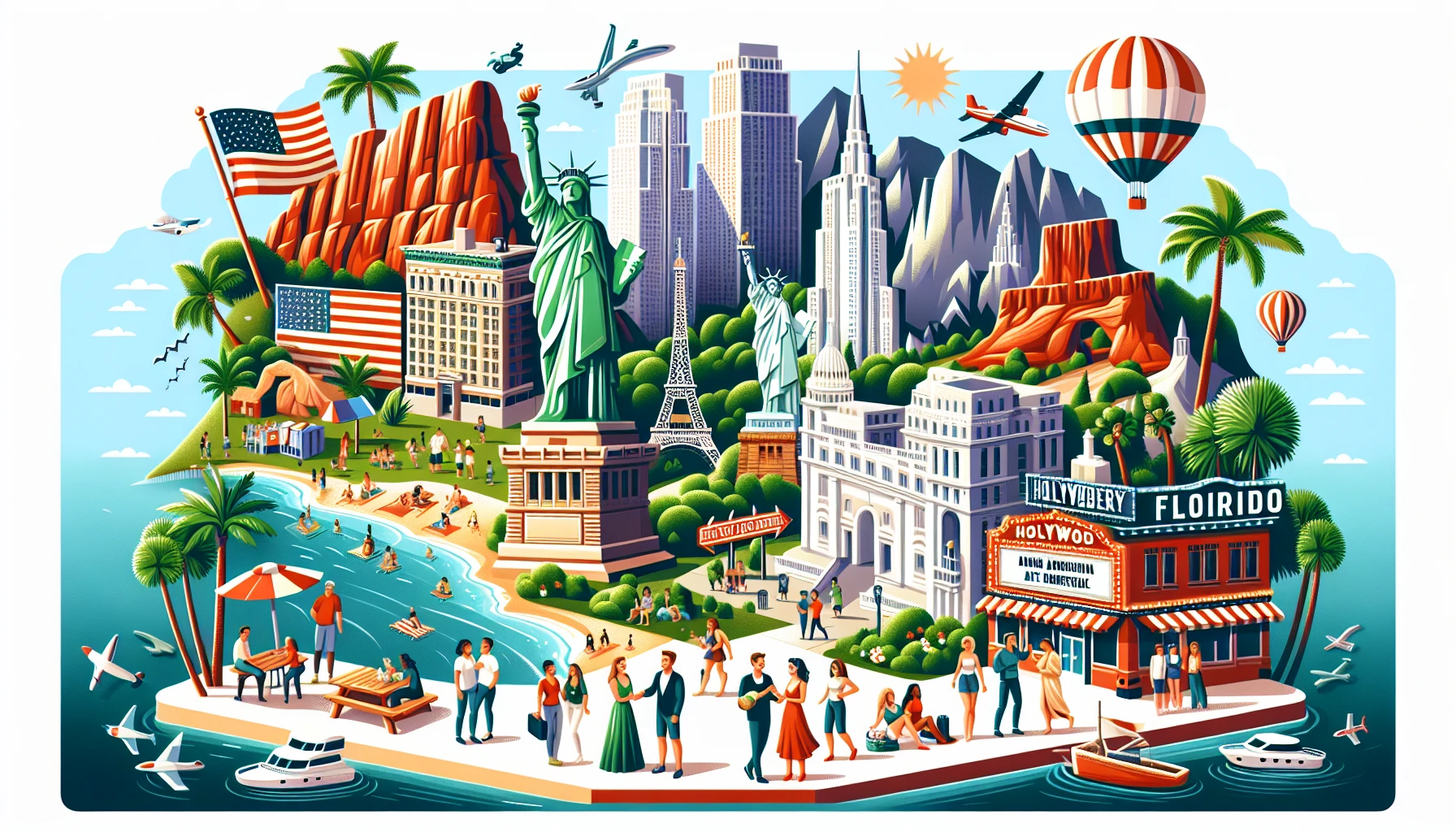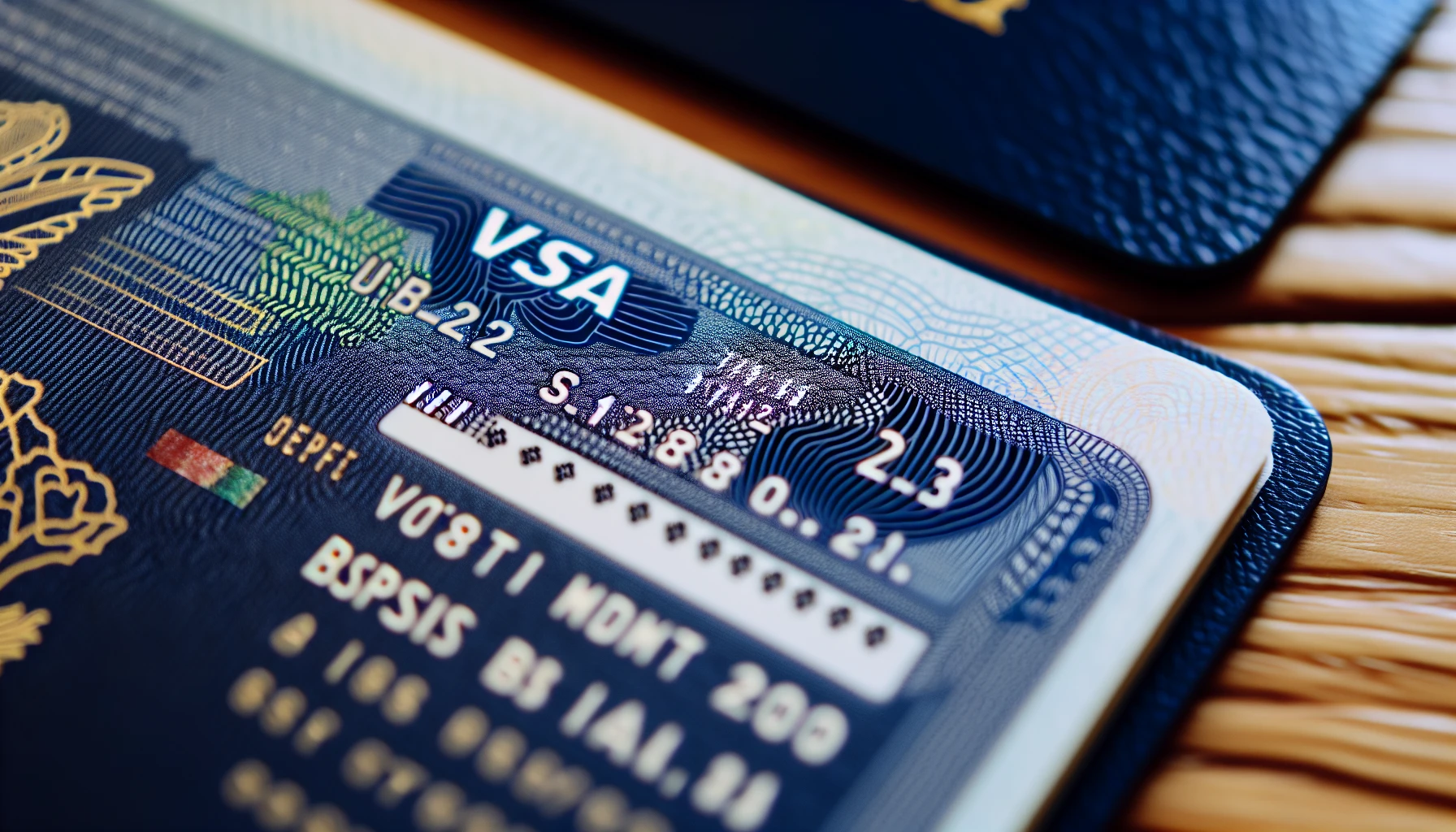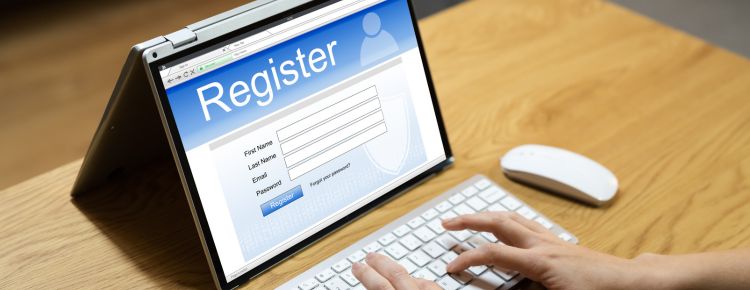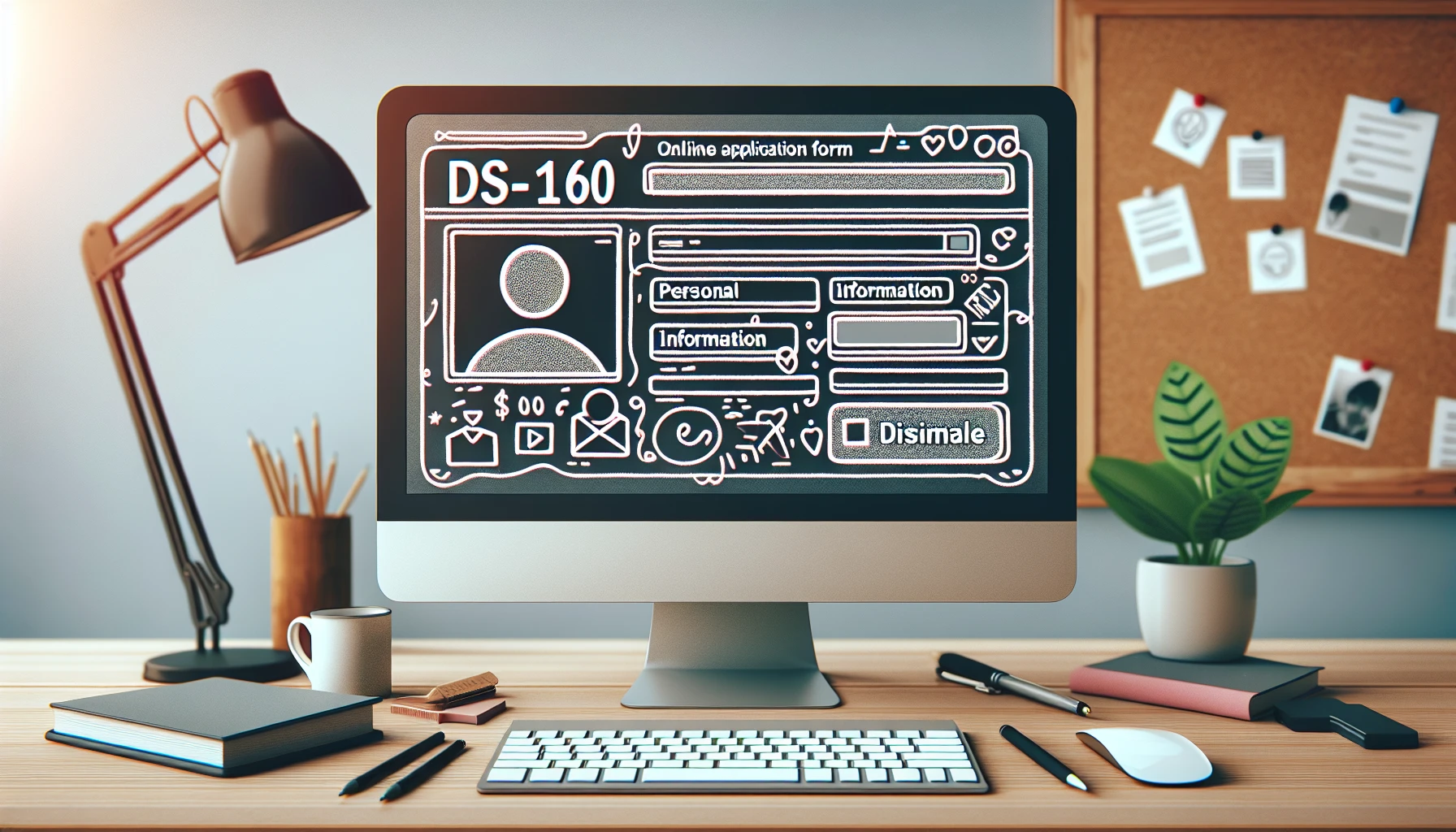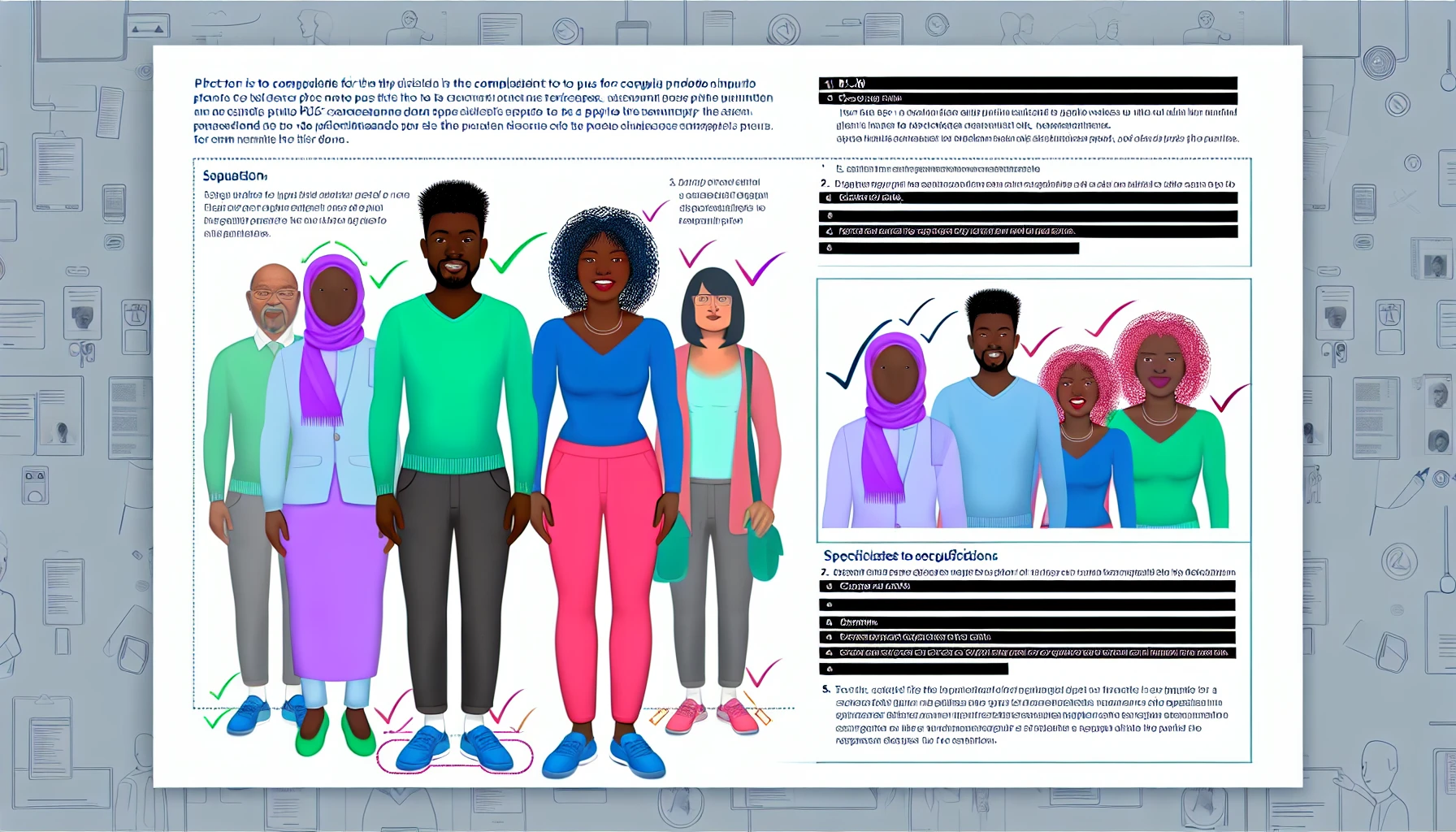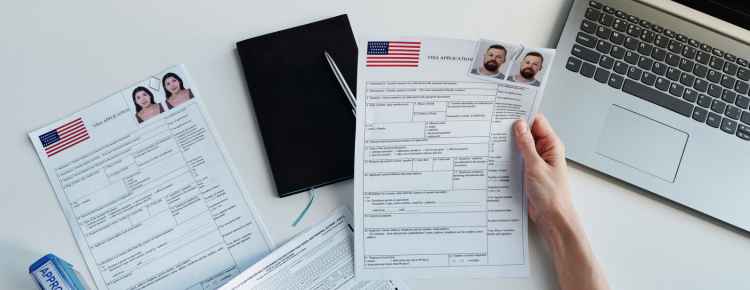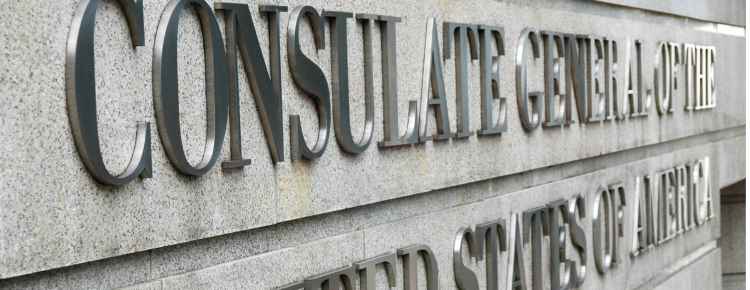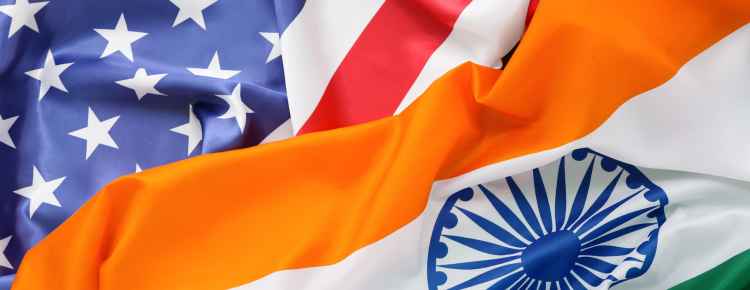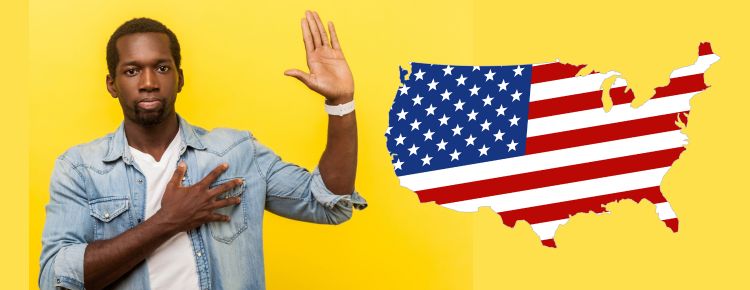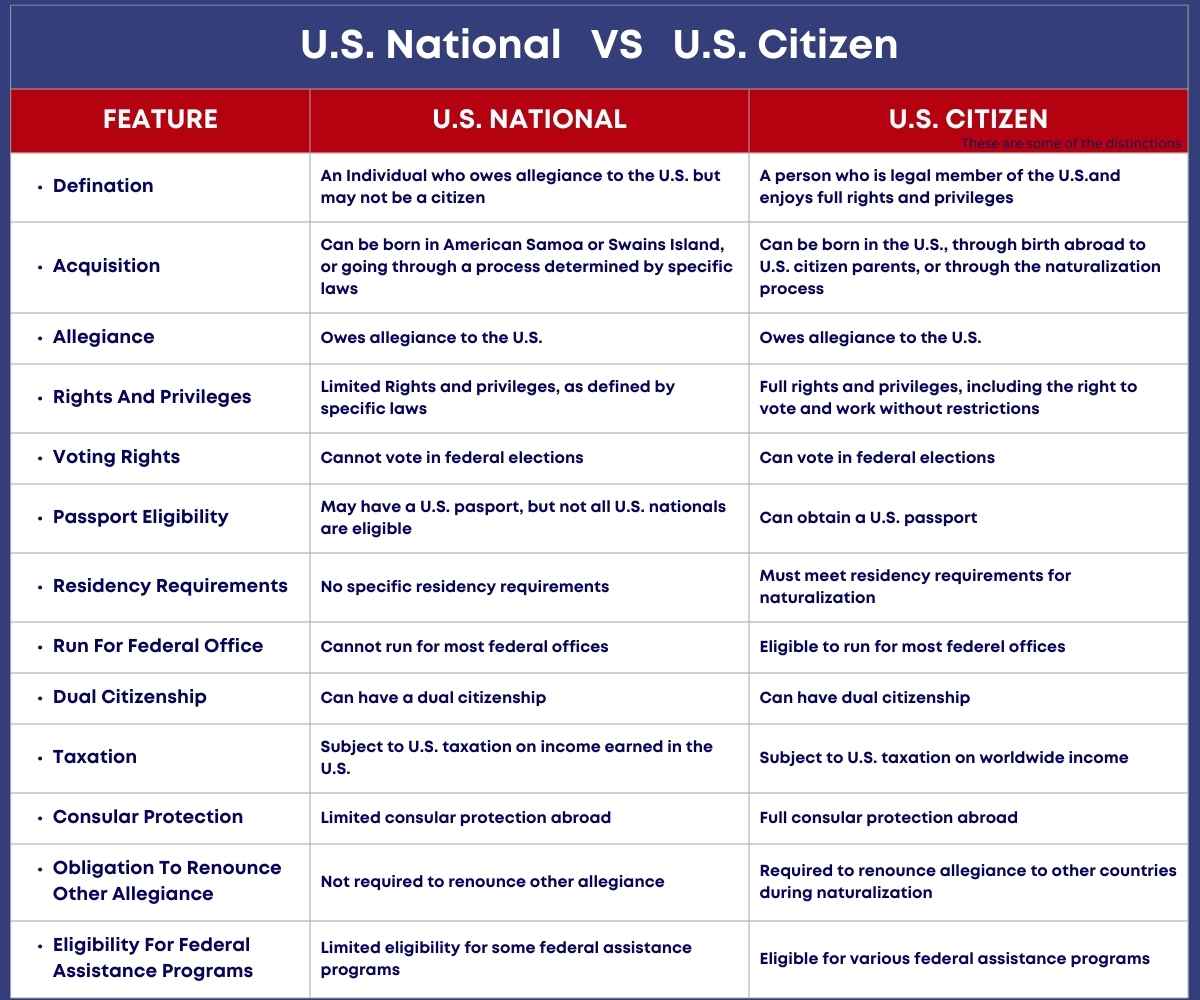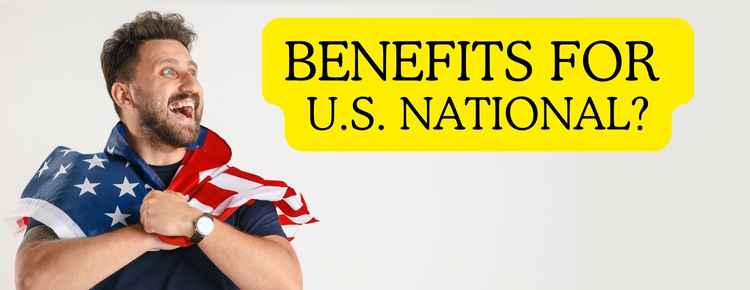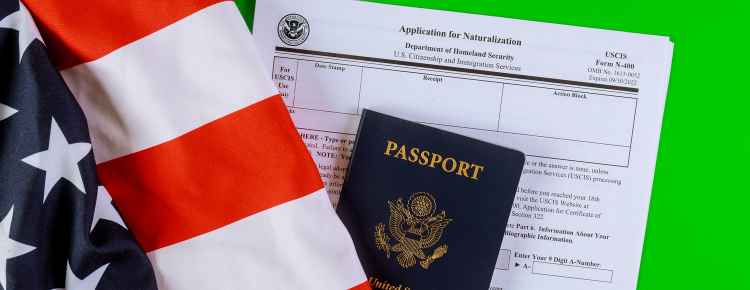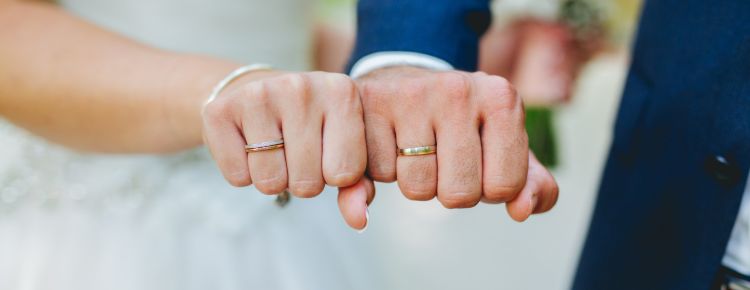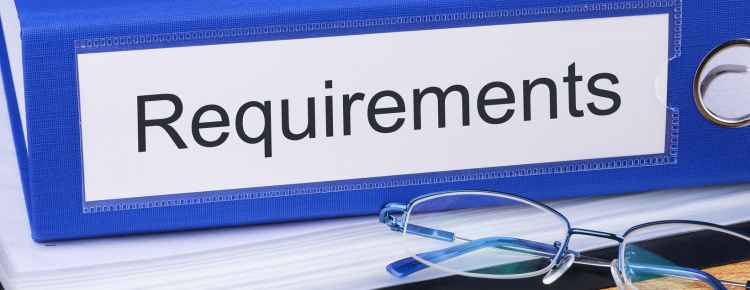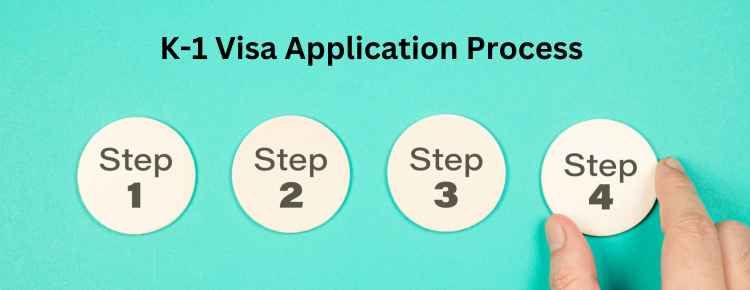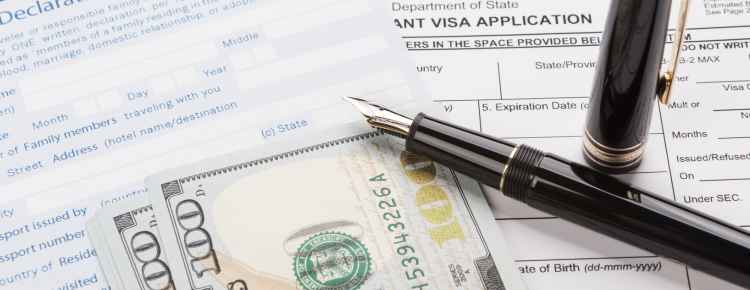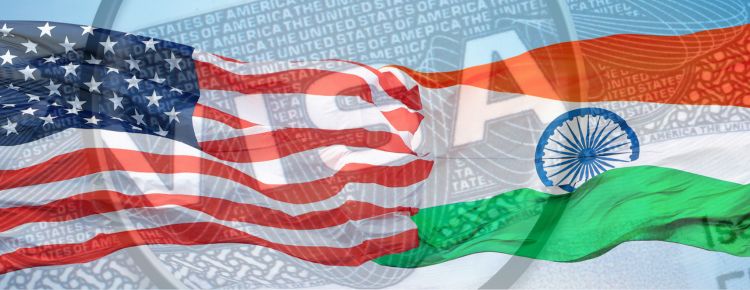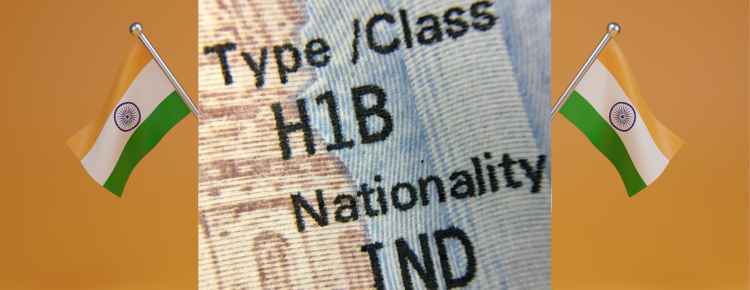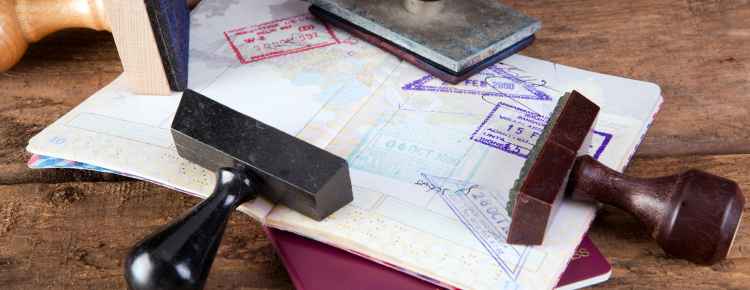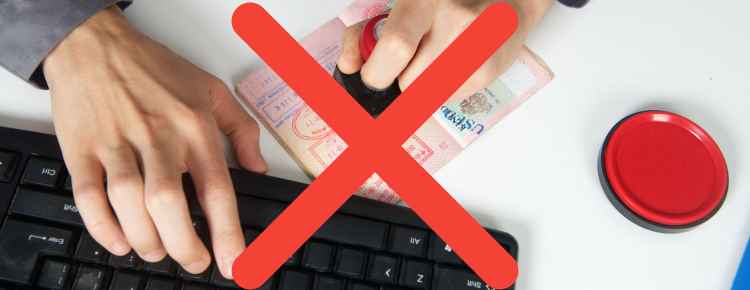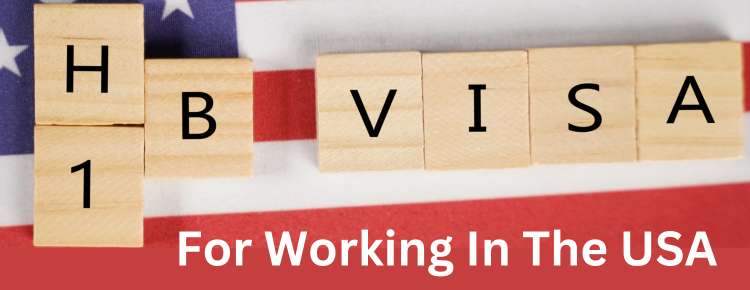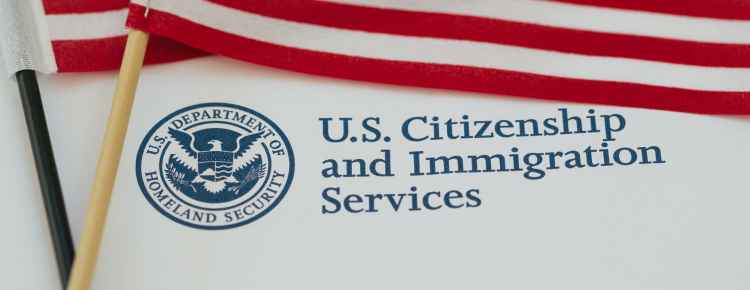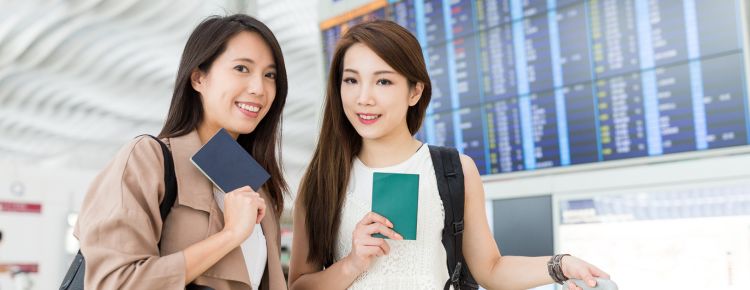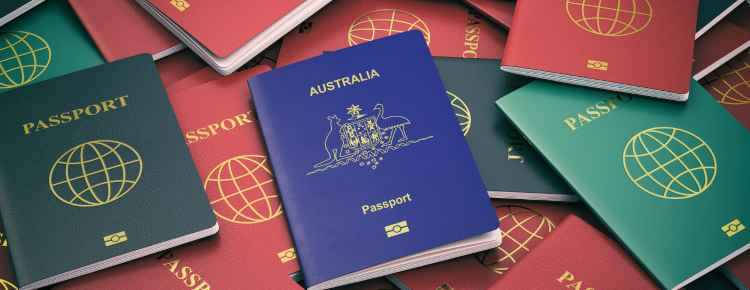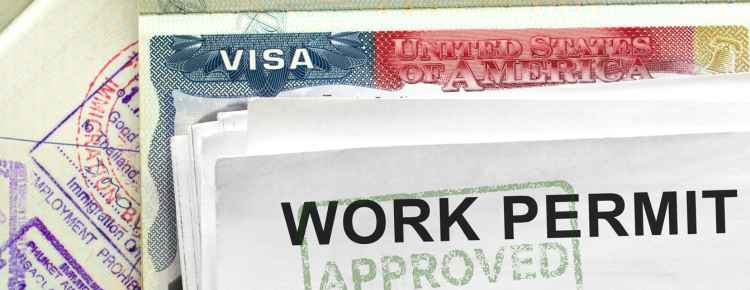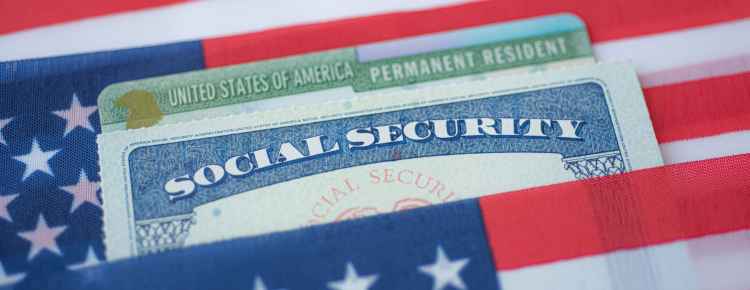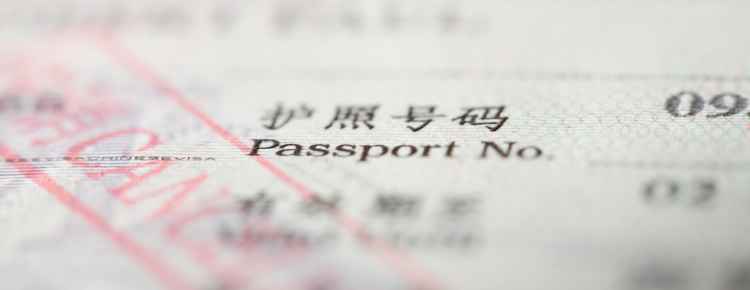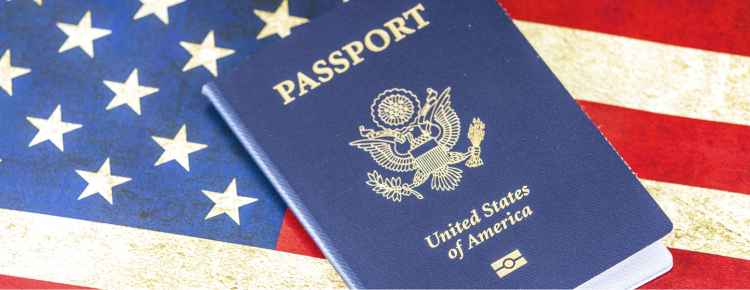Are you planning to invite your parents to visit you in the United States? Navigating the visa process can seem overwhelming, but with the right information and guidance, you can help your parents obtain their visitor visa with ease. This ultimate guide will provide you with a comprehensive understanding of the B1/B2 Parents Visiting Visa USA application process, from understanding the different visa types to attending the visa interview and handling post-interview procedures.
By following this guide, you’ll be well-equipped to help your parents embark on their journey to the United States, ensuring they have a memorable and enjoyable visit. Let’s get started!
Key Takeaways
- Understand the B1/B2 visa and its purpose for business-related activities (B1) or family visits & tourism (B2).
- Prepare for application process ahead of time, including valid passport with photo, financial documents & proof of ties to home country.
- Gather sponsorship documents and additional supporting documentation prior to attending the interview.
Understanding The Parents Visiting Visa USA (B1/B2)
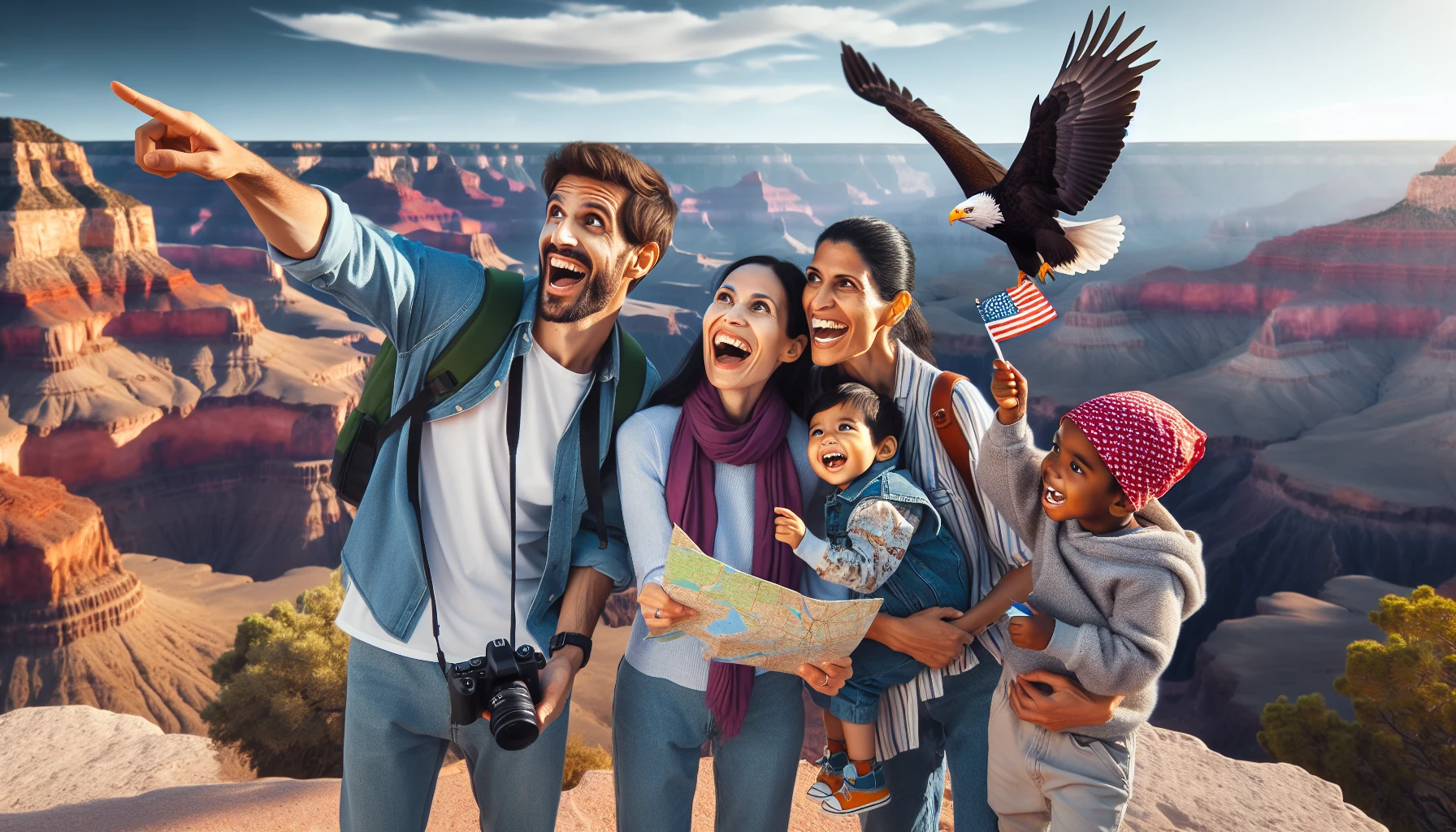
The B1/B2 visa, also known as a US visitor visa or temporary tourist visa, is a non-immigrant, multiple entry visa designed for temporary visits to the USA, such as tourism and family visits. The B1 visa caters to individuals engaging in business-related activities, while the B2 visa targets those visiting the United States for tourism or family visits. The visitor visa interview is an integral part of the application process, requiring applicants to present an application fee payment receipt during the visa appointment.
Some countries participate in the Visa Waiver Program, which allows their citizens to visit the USA without a visa for short stays. However, if your parents are from a country that requires a visa, they will need to apply for the appropriate B1 or B2 visa, depending on the purpose of their visit.
B1 Visa: Business Visitor
The B1 visa is a temporary business visitor visa, permitting individuals to enter the United States for legitimate business activities. To be eligible for a B1 visa, one must possess a valid passport valid for at least 6 months after the intended stay, complete the Form DS-160, and pay the application fee.
Activities authorized under a B1 visa include:
- Attending business meetings and conferences
- Negotiating contracts
- Consulting with business associates
- Conducting research or training
- Attending trade shows or exhibitions
- Participating in short-term training programs
However, activities such as accepting employment, studying at a school or university, and conducting personal business for profit are not authorized. Engaging in illegal activities is also strictly prohibited.
B2 Visa: Tourist Visitor
The B2 Visa is specifically designed for tourists and family visits, including parents visiting their children in the United States. To apply for a B2 visa, parents must provide a list of supporting documents of the sponsor with J1, L1, F1, or H1B visa status. Additionally, parents must bring the following documents:
- Original passport
- Employment letter (if applicable)
- Bank statement with sufficient balance
- Aadhar card
- DS-160 confirmation page
- Appointment confirmation page
- Any other useful IDs
Parents can stay in the USA for a maximum of 6 months in one visit, making the B2 visa an excellent option for those wishing to spend an extended period with their children or explore the country as tourists.
Preparing For The Application Process

Before commencing the visa application process, it’s necessary to verify your parents hold a valid passport with at least six months of validity beyond their expected stay period in the United States. Additionally, they will need to gather financial documents and proof of ties to their home country, as these documents play a crucial role in demonstrating their intention to return home after their visit.
Guiding your parents through the application process is beneficial, assisting them in understanding the requirements and preparing all requisite documents. This not only simplifies the application process for visa applicants but also enhances their chances of visitor visa approval.
Valid Passport And Photo Requirements
A valid passport is a basic requisite for the B1/B2 visa application process. The passport must hold a validity of at least six months beyond the anticipated stay period in the United States. Additionally, your parents will need to provide a passport photo taken within the last 6 months. The passport photo can be either digital or physical and must adhere to the exact photo specifications for a B1/B2 visa application.
If your parent’s passport is nearing expiration and they are applying for a B1/B2 visa, they can continue using their valid visa on the expired passport. However, carrying both the current passport and the old passport with the valid visa during travel is vital. Additionally, it is recommended to obtain a new passport.
Financial Documents And Proof Of Ties
Financial documents and proof of home country ties are significant during B1/B2 visa processing, as they signify the applicant’s strong bond with their home country and their intent to return post their United States visit. For the B1/B2 visa application, the financial document should include:
- Bank statements from the past 6 months
- Bank account verification or balance letter
- Proof of income
- Tax payments
- Property or business ownership, or assets
- Proof of financial support while in the US
- Evidence of strong local ties
To demonstrate strong ties to their home country for a B1/B2 visa application, parents can provide documents indicating their connections and commitments to their home country, such as:
- Proof of property ownership
- Employment or business ties
- Educational or professional commitments
- Family relationships
- Financial stability
Completing The DS-160 Form Online
The DS-160 form is a mandatory document for the US tourist visa application process. To access the form, parents can:
- Create an account
- Fill out the necessary information online
- Seek assistance from a visa processing assistant or use the Consular Electronic Application Center.
The required information and required documents include:
- Name
- Address
- Passport information
- Travel details
- Contact information
- Family information
- Employment
- Educational background
Upon submitting the form, a confirmation page will be generated, which should be saved as a PDF for future use during the interview. It is advisable to print or save the whole application form. This can be used as a reference in the future.
Scheduling The Visa Interview And Biometrics Appointment
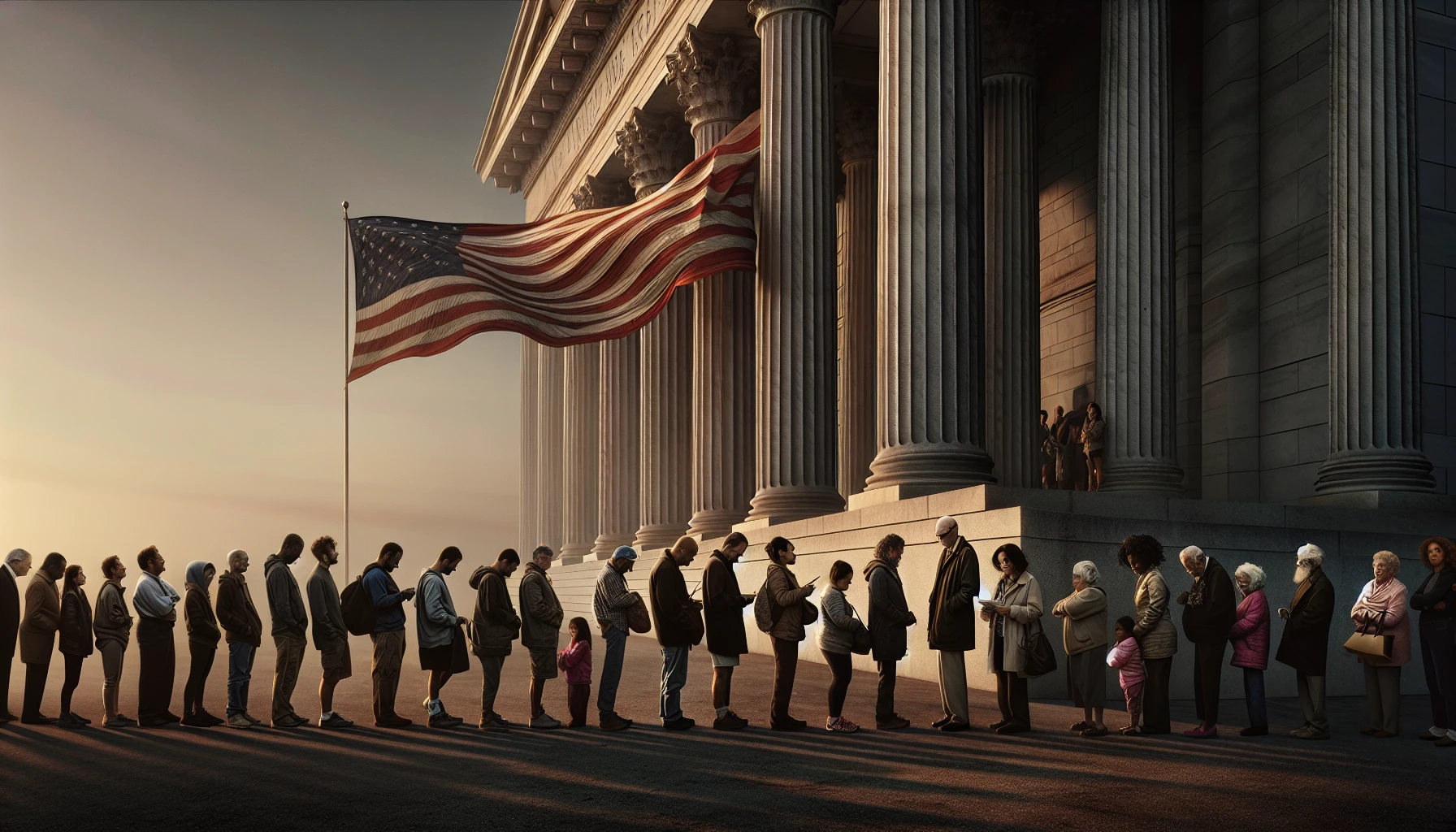
Scheduling the visa interview and biometrics appointment is a vital step in the visitor visa application process. For appointment scheduling, your parents must complete the DS-160 form online, pay the visa application fee, followed by scheduling the visa interview and biometrics appointment.
The initial appointment will be for biometrics, typically conducted at the Visa Application Center (VAC) or Offsite Facility Center (OFC). The US consulate will set up a second appointment for the visa interview. This is necessary in order to complete all the procedures. It’s essential to guide your parents through this process, ensuring they understand the requirements and are well-prepared for both appointments.
Gathering Required Documentation For The Interview
As a segment of the visa application process, your parents must accumulate various mandatory documents for the visa interview, including sponsorship documents and any other necessary supporting documents. It is crucial to ensure that all the necessary documents are prepared and organized, as this will not only ensure a smooth application process but also increase their chances of obtaining the visitor visa.
In addition to the documents required for the B2 visa application, your parents may be asked to provide further documentation to establish their qualification for the visa during the interview. These may include evidence of employment and family ties, which can demonstrate their intention to return home after their visit.
Sponsorship Documents
Sponsorship documents, such as employment letters and graduation invitations, are necessary for the visa application process. The employment verification letter should include details such as the date of employment, position held, and salary earned. Furthermore, if the sponsor is an employee or a student in the US, additional documentation may be required depending on their status.
It is important to ensure that your parents have all the necessary sponsorship documents for their visa application, as this will not only ensure a smooth application process but also increase their chances of obtaining the visitor visa.
Additional Supporting Documents
Additional supporting documents may be required to establish qualification for the visa, such as evidence of employment and family ties. Specific examples of employment evidence required for a B1/B2 visa application may include:
- An employment letter from the employer stating the position, duration of employment, and salary
- Pay stubs or bank statements to demonstrate regular income
- Tax returns or W-2 forms to demonstrate employment history and income
- Business registration documents if self-employed
- Contracts or agreements with clients or customers if a freelancer or consultant
To demonstrate family ties for a US B1/B2 visa application, birth certificates of spouse and dependents, marriage certificate, and photos depicting a genuine connection to family and friends are required. By providing all the necessary supporting documents, your parents will be better prepared for their visa interview and increase their chances of success.
Attending The Visa Interview

The visa interview is a critical part of the application process, where the consular officer will assess the applicant’s eligibility to receive a visa in accordance with U.S. law. Guiding your parents for a successful interview is crucial, aiding them in understanding the requirements and preparing well for potential questions.
During the visa interview, your parents may be asked about their children in the US and the reasons for their visit. If they are unsure of the meaning of a question, it is recommended that they ask the visa officer to repeat the question rather than attempting to answer without understanding the context.
Post-Interview: Visa Approval And Passport Collection
A successful visa interview results in visa granting and enables your parents to retrieve their passport. In case of visa denial, the consular officer provides your parents with a document detailing the reasons for visa refusal. It is important to remain patient throughout the process, as the estimated processing time for Parents Visiting Visa USA (B1/B2) approval and passport collection is approximately two months.
The visa approval process is complete. The passport of your parents, with the corresponding visa stamped on it, will be mailed back. At this point, they can proceed with their travel plans and look forward to their visit to the United States.
Health Insurance And Travel Preparations
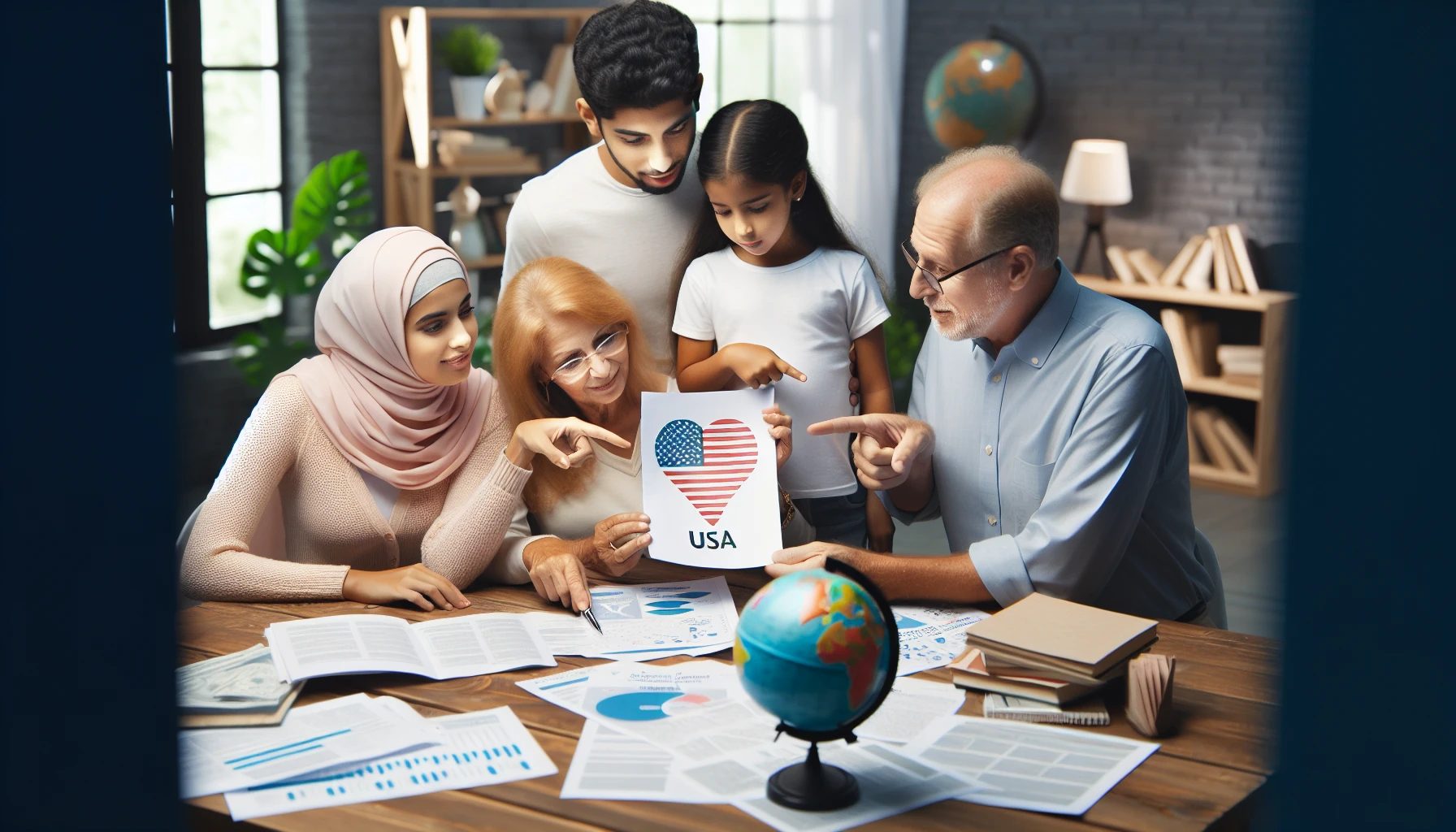
Being prepared for any probable health issues in the USA is vital due to the potentially high healthcare costs. Obtaining visitor medical insurance for your parents before their trip is highly recommended. To find suitable travel insurance providers, you can obtain free no-obligation travel insurance quotes.
Patriot America Plus from IMG and HTH Worldwide’s TripProtector Preferred Plan are both recommended options for parents visiting the USA on a B1/B2 visa. These plans provide coverage for medical expenses incurred during the visit, ensuring that your parents are well-protected throughout their stay in the United States.
Extending Stay And Changing Visa Status
If your parents intend to extend their USA stay, they can apply for it by following these steps:
- Submit Form I-539 at least 45 days prior to the expiration of their authorized stay.
- Provide supporting documents and evidence.
- Pay the necessary fees.
- Await the United States Citizenship and Immigration Services (USCIS) to process the application.
Parents visiting the USA on a B1/B2 visa may also be eligible to request a change in their nonimmigrant status to another category through USCIS. However, it is important to consider the specific requirements and eligibility criteria for each visa category before making any decisions.
Summary
In conclusion, helping your parents navigate the B1/B2 Parents Visiting Visa USA application process can be a rewarding experience, ensuring they have a memorable and enjoyable visit to the United States. By following this ultimate guide, you have learned about the different visa types, the application process, the required documentation, and the importance of health insurance and travel preparations.
With the right information and guidance, you can help your parents obtain their visitor visa with ease, allowing them to spend quality time with you and explore the United States. So, let’s make their dream visit a reality!
Frequently Asked Questions
What type of visa is required for parents to visit USA?
Parents who wish to visit the USA require a B-2 tourist visa, unless they qualify for the US Department of State’s Visa Waiver Program which permits up to 90 days stay without obtaining a visa.
How long parents can stay on visitor visa in USA?
Your parents can stay in the United States for a maximum of six months with a visitor visa. If they want to stay longer, they can explore options such as becoming green card holders to become permanent residents.
Can I applying for my parents green card while on tourist visa?
You may be able to apply for a change of status for your parent, allowing them to stay in the U.S. and obtain their green card. However, sufficient supporting documentation and the appropriate forms are necessary.
What is the difference between a B1 and B2 visa?
A B1 visa is intended for business-related activities, while a B2 visa is designed for tourism and visiting family members.
What are the passport and photo requirements for the B1/B2 visa application process?
A valid passport with at least six months of validity and a recent passport photo taken within the last 6 months are required for the B1/B2 visa application process.
